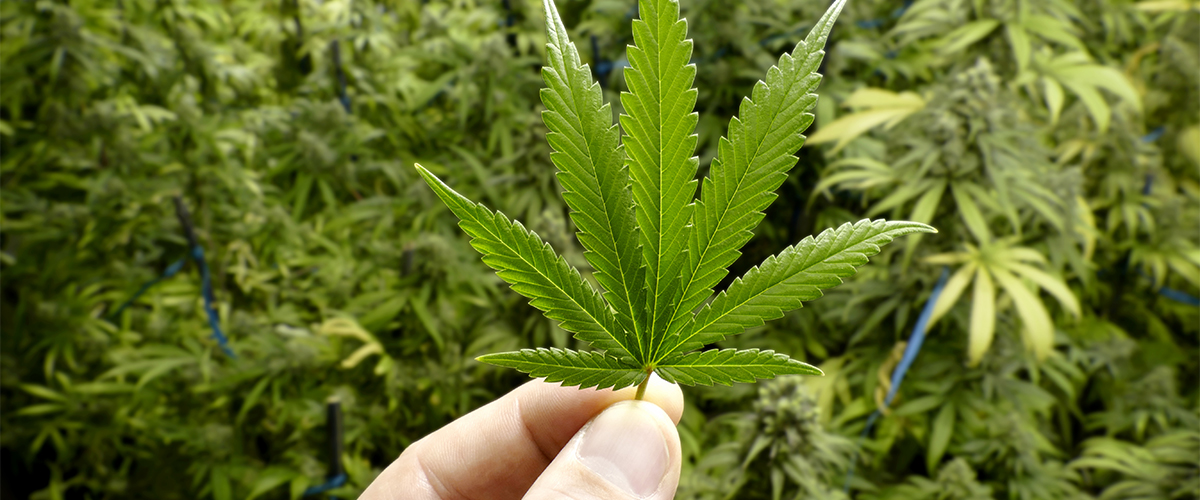Texas researchers have found a way to use a non-invasive laser to instantly distinguish hemp and marijuana.
Researchers from Texas have developed a way to distinguish between hemp and marijuana in seconds by using a hand-held scanner, a new study shows.
The agricultural-based organization Texas A&M Agrilife sought to help farmers and law enforcement get quick and accurate results when testing hemp. To achieve this, researchers conducted a study using a technique called Raman spectroscopy (RS).
RS is a quick and non-invasive test using harmless laser light to illuminate structures within materials. According to the research team, each material creates a unique scan, similar to a fingerprint. After testing dozens of samples of marijuana and hemp with the RS, a statistical analysis method found seven regions that differed slightly among marijuana and hemp varieties.
The study’s results found the readout in these seven regions distinguishes hemp and marijuana with 100 percent accuracy.
“Our results clearly demonstrate that RS can be used for confirmatory, non-invasive and non-destructive detection and identification of cannabis. We showed that RS allowed for highly accurate differentiation between cannabis and hemp and prediction of cannabis variety,” the study’s authors wrote.
The new development comes in a time when many hemp farmers have voiced concerns about the strict regulation on tetrahydrocannabinol (THC) limits proposed for hemp production by the United States Department of Agriculture (USDA). In Oct. 2019, the USDA released its initial draft of guidelines for hemp, including mandatory disposal of hemp above the 0.3 percent THC threshold.
A cannabis plant that contains more THC than 0.3 percent is considered marijuana by the federal government, which is on the federal list of controlled substances.
The study, “Confirmatory non-invasive and non-destructive differentiation between hemp and cannabis using a hand-held Raman spectrometer” was published in the journal, RSD Advances, and be found, here.
Hemp in Texas
Texas recently removed hemp from its list of controlled substances, opening up the production of hemp for farmers. What lawmakers did not foresee were the challenges that would come when it came to distinguishing hemp from marijuana, making marijuana prosecution more difficult.
Currently, labs can verify if THC is present in a substance, but not how much THC is in a substance. The lack of testing capabilities has led to cannabis cases either being rejected by Texas prosecutors or backlogged waiting for more accurate lab testing.
As a result, Texas misdemeanor marijuana cases have dropped by half since the new hemp amendment was made law. Find out more about Texas marijuana laws.
Hemp vs Marijuana
What’s the difference between hemp and marijuana? Well, for one federal law prohibits the possession and use of marijuana. Hemp, on the other hand, is legal in the U.S. thanks to the 2018 Farm Bill.
Another difference is that hemp, unlike marijuana, is a non-intoxicating variety of Cannabis sativa L. Hemp contains only trace levels of THC, no more than 0.3 percent, of the intoxicating cannabinoid that elicits temporary intoxicating effects.
Hemp is also naturally higher in cannabidiol (CBD), a cannabinoid found in the cannabis plant. CBD is used by many as a supplement, including youth and athletes, due to its non-intoxicating effect.
More on Cannabis
Want more cannabis news? Check out our cannabis industry news feed for the latest reports on cannabis business, policy, and scientific research.






